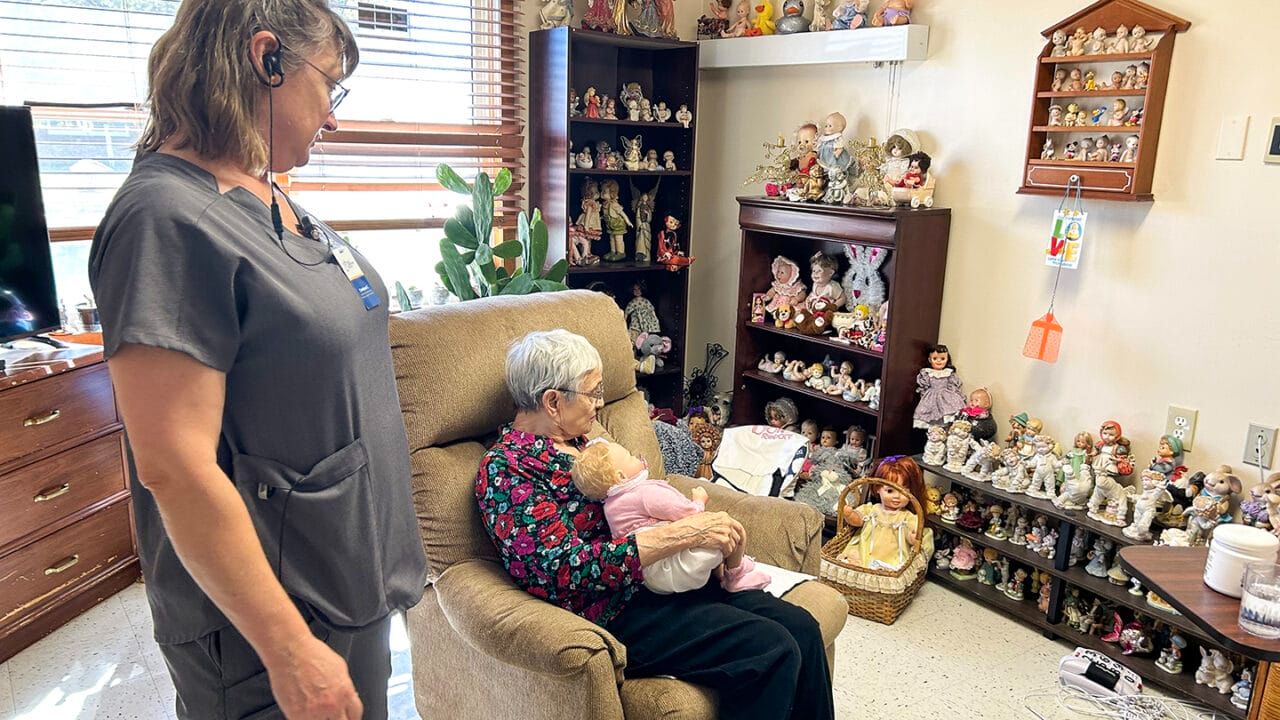Rural Nursing Homes’ Livelihood May Depend On Non-Existent Staff

Rural nursing homes face a severe workforce shortage, with insufficient staff threatening their viability. The sector, short of 148,700 workers in 2023, may need an additional 102,000 employees under a proposed federal staffing rule. Population decline, policy issues, and competition with hospitals exacerbate the problem, impacting patient care and hospital discharges. A Centers for Medicare & Medicaid Services mandate requiring 102,000 additional workers and $6.8 billion in annual spending adds financial strain. Rural nursing homes struggle to recruit against higher-paying sectors, facing challenges in attracting and retaining skilled staff. Creative solutions, like nursing councils and leadership programs, are emerging, but a comprehensive, federally-supported approach is essential for sustained workforce development in these critical healthcare settings.
Make faster decisions with community advice
- AI Gets Better At Writing Patient Histories When Physicians Engineer The Prompts
- New Study Evaluates Virtual Reality to Reduce Scanxiety in Brain Tumor Patients
- Revolutionizing Healthcare: Harnessing the Power of IoT Solutions for Improved Patient Outcomes
- Carrum Health Raises $45 Million Series B to Expand Cancer Care Offerings and Launch New Service Lines
- Ethical Guardrails Are Essential To Making Generative AI Work For Healthcare
Deploy this technology today
-
nQ Cortex
Matched with Medical Subject Headings (MeSH): Biomedical Technology, Healthcare IT News: Artificial Intelligence
- NLabviva Platform
- Labviva Platform
- AI Dermatologist Platform
- Armis Platform for Healthcare

